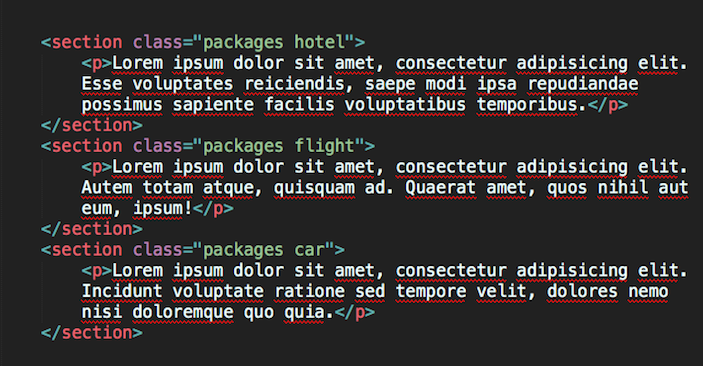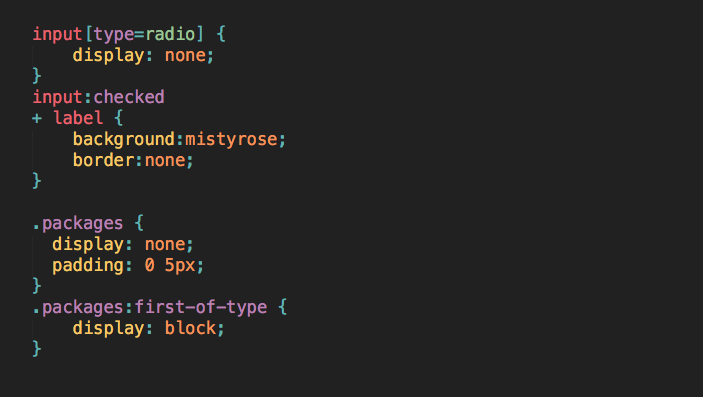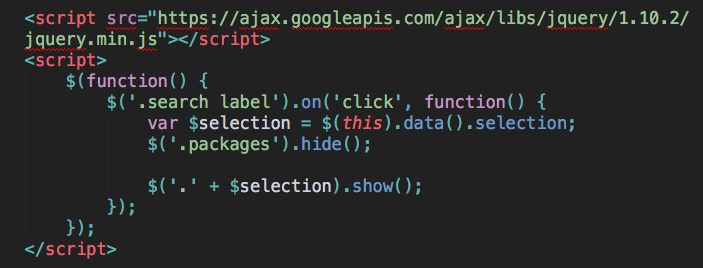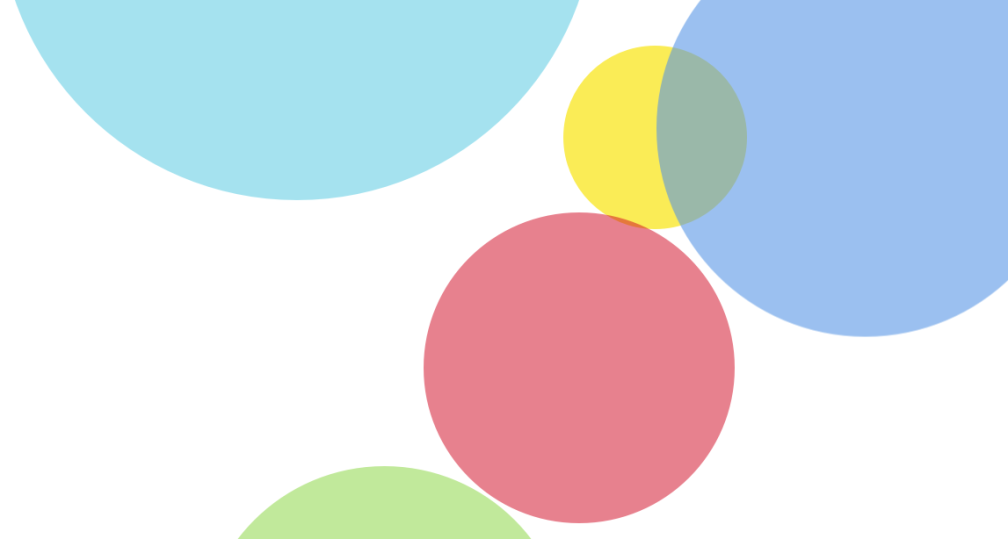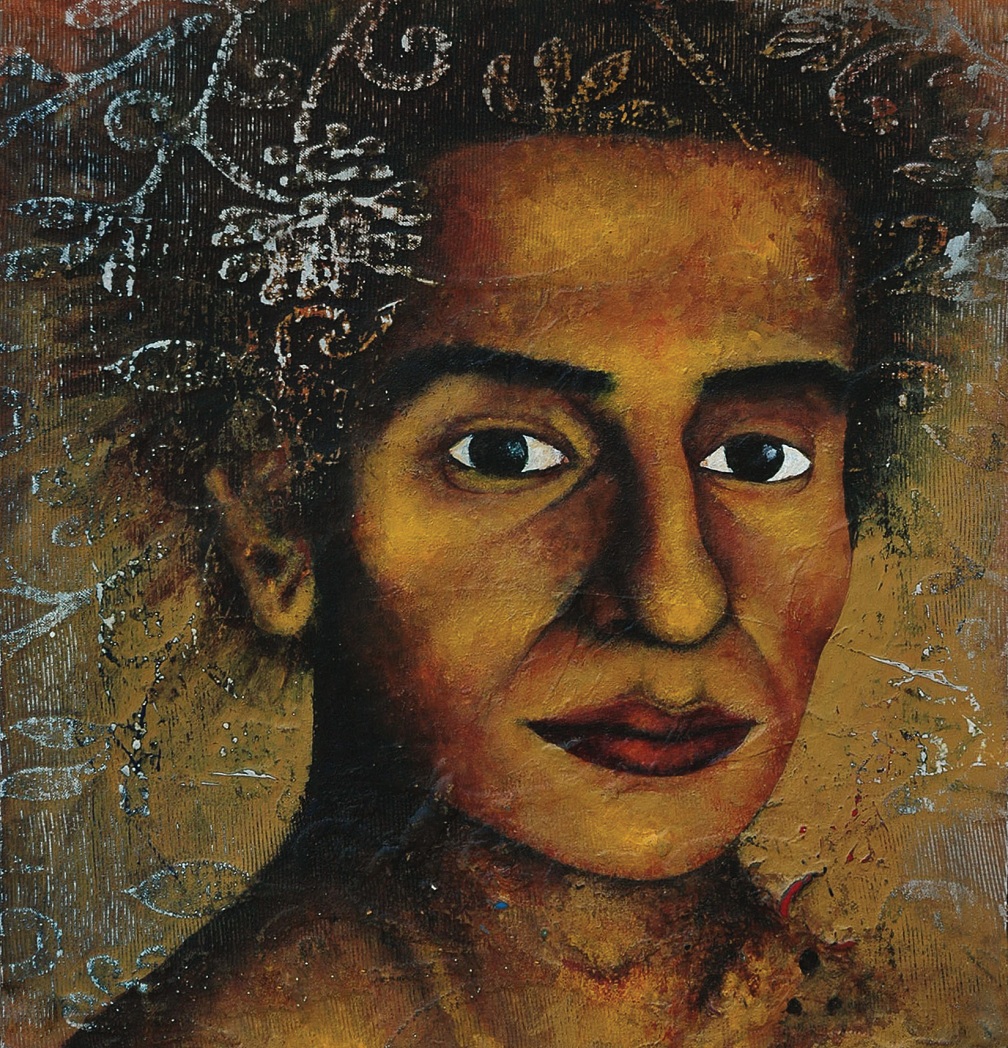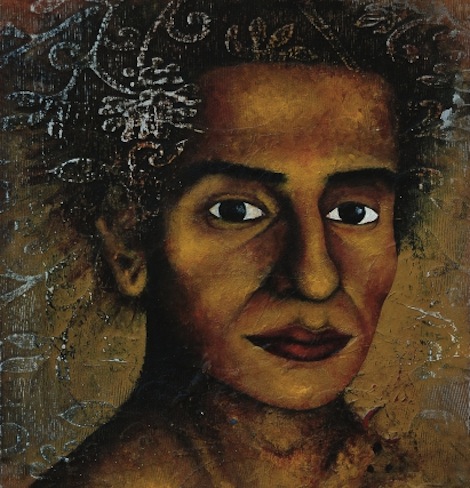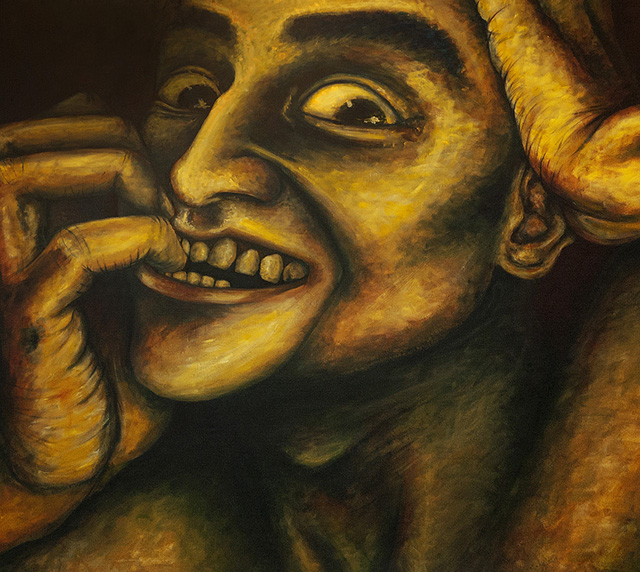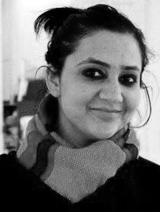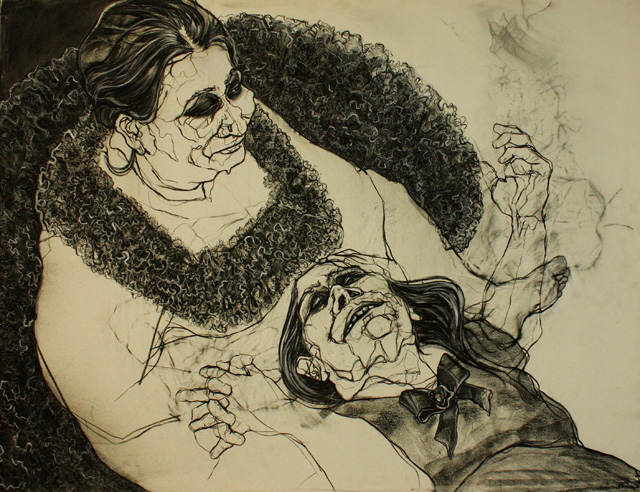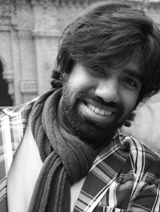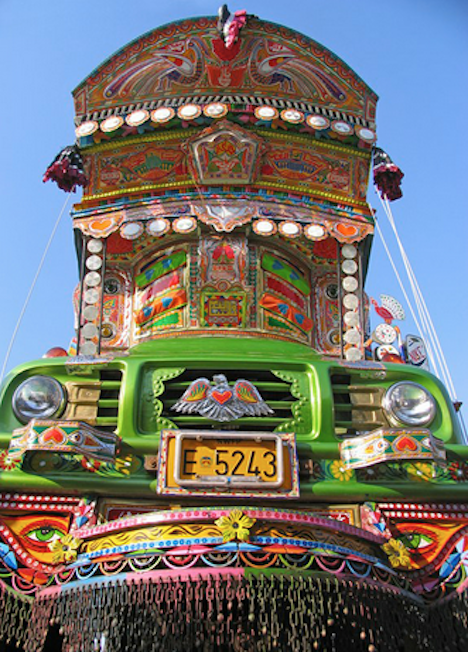1 Introduction
Digital technology has revolutionized the field of human rights. New forms of information and communication technologies (ICT) have not only enhanced traditional forms of activism over the past decade, they have changed the very nature of advocacy. By bringing the voices of multiple communities, identities and geographies into the public square, digital technology has transformed the opportunities, challenges and risks for everyone in the human rights field, including victims, advocates, and those who violate rights.
Digital technology now enables people to directly advocate for fundamental human rights, providing new models for engagement and community building. The Internet, mobile phones, satellite television, and other digital technologies provide platforms on which individuals and organizations employ combinations of images, audio, video and text to raise awareness about social, political and economic struggles, mobilizing global audiences. For example, bloggers and journalists fueled recent Egyptian uprisings by exposing police brutality through videos and images posted online and shared in real-time on Twitter. In Mexico, the Internet has served as a key tool in reporting on drug cartel violence. Across Africa and South Asia, mobile phones facilitate rural healthcare service delivery.
This article begins with an examination of how digital technology has accelerated the human rights agenda. It then addresses the privacy challenges that accompany this new technology, and how they can pose security risks. Finally, the article weighs the unprecedented access to information that digital technology brings against a continued need for place-based activism, even in a digital world.
2 Advancing human rights: transforming the advocacy
and campaigning landscape
Online platforms and social media networks are powerful tools for engaging global audiences. Affordable access to multimedia tools to produce interactive websites, documentaries, games and music has changed the way advocates raise consciousness. The impact of compelling, high-quality images from disasters like Hurricane Katrina and violent conflicts in Syria and Libya build empathy. Social networks and online platforms provide ways to immediately translate that emotional connection into meaningful action. In this way, people share experiences more broadly than ever before.
2.1 Transformed relations between human rights organizations
and constituents
The use of digital technologies has altered the relationship between advocacy organizations and their constituents. Digital media, especially social media networks, has changed dialogue not just among peers, but also between publics and institutions.
Due to affordability and open access, new media has lower barriers to participation and encourages public dialogue, leading to an increase in the number of people who are politically vocal. Almost every international, national and grassroots organization uses some form social media to engage directly with their communities. Organizations immediately gather data and feedback to analyze impact and audience size. This allows institutions to more nimbly adjust messages, targets and tactics to efficiently deploy resources for maximum impact.
Lowered barriers to participation also give users access to more platforms to raise their voices. From sharing messages with their personal social media networks to creating globally distributed digital petitions, individuals and human rights advocates can align and interact with multiple interconnected causes in a variety of ways.
2.2 Redefining who can be an activist
Digital technologies have also lowered barriers to entry for activists themselves, allowing individuals from a much broader range of backgrounds and geographies to bring attention to human rights issues in their lives and communities and propel social change movements. With a plethora of digital resources now available, people can mobilize communities to take action without relying on the formal structures of traditional advocacy organizations. While formal organizations sometimes continue to play a significant role in scaling up movements, the fact that individuals can more easily become change agents drives collective action and sustains long-term movements.
2.3 Giving voice to marginalized people
The rise of the networked public sphere means that we are now seeing new fora for public dialogue and testimony. Digital technologies have given marginalized people around the world a new means to organize, communicate, tell their own stories and create change.
Take indigenous rights: the Zapatistas adopted these tools early, using the Internet more than a decade ago to reach beyond Mexican borders and spark a series of global indigenous rights movements (MARTINEZ-TORRES, 2001). They overcame authoritarian and often biased mainstream media by directly sharing their struggle for indigenous land rights online. In this way, they exposed Mexican corruption and dispelled false government claims that Zapatista autonomy would threaten the integrity of the Mexican nation (CLEAVER, 1998). In addition to communicating with existing supporters and allies, the Zapatistas aligned themselves with other anti-capitalist movements and coordinated global action.
The online world has given rise to a new wave of feminism, allowing grassroots movements and organizations to proliferate and collaborate to amplify their voices, reach larger audiences, bring visibility to women’s rights issues and lead social change. Although many women still face obstacles to active participation online, the rise of social media means that feminists from Africa, South Asia, Latin America and the Muslim world can often raise issues in ways that used to be reserved for feminists from the global North. In the United States, women of color have used social media to challenge mainstream feminist narratives and create nuanced conversations. In August 2013, feminist blogger Mikki Kendall started a Twitter hashtag #SolidarityIsForWhiteWomen to express her concerns about women of color’s exclusion from the mainstream feminism movement in the United States. Despite generating a backlash from white feminists, Kendall generated other conversations such as #NotYourNarrative to address Muslim women’s portrayal in Western media (JOHN, 2013).
Digital activism has also shaped immigration rights dialogues, especially in the United States. A Journal of Computer-Mediated Communication study by Summer Harlow and Lei Guo (2014) shows that immigration activists rely on online and multimedia tools to raise consciousness, collect donations, influence legislation and coordinate and mobilize people online and offline. In the United States, the face of immigration is increasingly female, yet their voices and unique struggles had remained largely unheard. Leading up to the 2012 Presidential election, my organization Breakthrough launched #ImHere, a digital campaign targeting young Americans who have the power to vote and are active on the social media. The centerpiece of the campaign was a short narrative film, The Call, portraying the negative impact of US immigration policies on immigrant families. The campaign’s intent was to raise awareness and establish empathy and compassion among young audiences. With the help of social media and the short film, Breakthrough connected directly with youth in a familiar context—by sharing a short video filmed in a way its audience could relate to. Culminating on Election Day, the #ImHerecampaign mobilized thousands of Americans into a critical mass of supporters and created powerful new conversations online that propelled the human rights of immigrant women onto the national agenda at a pivotal moment in American politics.
2.4 New methods for delivering help
The number of mobile phone subscriptions reached 6.8 billion globally in 2013. The mobile phone penetration rate is 96% of the world, 128% in developed countries and 89% in developing countries. Human rights organizations are harnessing this broad market penetration of affordable mobile phones, using them as tools to propel culturally-sensitive local action. Mobile applications like Circle of 6 in the United States and India and Self Help in Nepal assist people who are at risk of violence by sending short text messages and geolocation data to the police and to a handpicked group of family and friends with the push of a button (KUMAR, 2013).
Similarly, with the use of free, open source digital platforms like Ushahidi, people can generate accountability in crisis situations. Initially developed for gathering and sharing reliable data during the violent Kenyan elections in 2008, Ushahidi has since been used in multiple conflict and natural disaster situations such as the earthquake in Haiti, floods in Pakistan and violence in Syria. Ushahidi allows organizations to map eyewitness reports of violence submitted online or via mobile phone in real-time. Admittedly, new media technologies come with their own challenges—it can be difficult to verify the validity and authenticity of reports. Platforms like Ushahidi respond to this challenge by employing fact-checking teams of citizen journalists and activists on the ground. Moreover, GPS-enabled devices can help verify a report’s location, and sets of multiple reports on the same incident provide nuance and corroboration for a story.
The value of the collaboration and citizen power of platforms like Ushahidi is worth risking an occasional errant report. In countries where mainstream media is hamstrung by lack of access or government constraints, crowdsourced maps can create transparency, accountability and rapid resource deployment by identifying violence hot spots and the type of intervention they require.
2.5 Transforming how human rights abuses are documented and monitored
Traditionally, formal organizations have documented, monitored and reported human rights abuses. This system faces challenges in accurate representation, financial resources, access to regions where violations are occurring, and staff capacity constraints. With lightweight cameras and smartphones, any concerned citizen can now document and report on human rights violations. Citizens less frequently rely on media organizations, non-governmental organizations or international organizations to raise their voices or share their stories.
The nonprofit organization WITNESS has harnessed the power of compelling personal storytelling for human rights advocacy by using citizen-sourced videos as integrated campaign tools. They train citizens and activists around the world to safely film human rights abuses. These stories have been used as testimony before human rights commissions, legislative bodies and executive bodies to bring human rights violators to justice.
3 Risks and challenges presented by digital technologies
While digital tools provide efficient, low-cost and innovative ways of advancing the human rights agenda, the same digital tools can perpetuate abuse. The following sections examine how new technologies at times enhance global inequalities, violate privacy and threaten individual and organizational security.
3.1 Privacy and security risks
Technologies that give human rights activists worldwide new tools to fight abuse, expose corruption, change government policies and bring human rights abusers to justice simultaneously pose security risks. Social media, blogs, mobile phones, videos and images can be appropriated by governments and non-state actors for surveillance in order to extract sensitive information, collect personal citizens’ data and intercept communications. As recently revealed in National Security Agency (NSA) documents leaked by Edward Snowden, the US government has been involved in massive data collection and surveillance activities worldwide with little oversight. In Egypt, the former military government and the newly-formed democratic government have identified and targeted online activists. These infringements on privacy and freedom pose a serious threat to human rights defenders. While the digital technologies for creating and sharing information—along with tools developed for mass surveillance—have advanced significantly, the policies and international standards governing their use lag dismally behind.
As citizens become more aware of global human rights abuses through information shared online, digital technologies can simultaneously perpetuate violence. Digital technologies enable human rights abusers by making it easier for them to distribute child pornography, conduct human trafficking and practice modern-day slavery. A March 2014 report by Najat Maalla M’jid, United Nations’ Special Rapporteur on the sale of children, child prostitution and child pornography, warns that children are at more risk than ever to be sexually exploited or sold online (CHILD…, 2014). Digital abuse is not limited to the egregious abuses of trafficking and slavery—each day, women and minorities face harassment, bullying and threats online.
The increased use of digital technologies for data collection and surveillance has put technology firms under public scrutiny. These companies face dueling pressures and expectations to be transparent and to respect the privacy of their users. The right to privacy is a basic human right, and as technologies evolve, activists and human rights organizations throughout the world are calling on governments to create policies that ensure transparency and accountability when it comes to security surveillance and collection of personal data of their citizens.
3.2 A digital divide in access to technology, information and education
From social media to mobile phones to wearable technology, digital connectivity drives daily life. With such widespread use of information and communication technologies, we tend to overlook the gaping global digital divide. In a digital age, many basic freedoms and fundamental human rights are inextricably linked to the right to digital access. As a result, the United Nations declared access to the Internet a basic human right (KRAVETS, 2013), due to its ability to provide access to information, allow freedom of expression, allow citizens to take part in the political process of their country and allow them to actively take part in the cultural life of their communities.
And yet only 39 percent of the world’s population has Internet access. Seventy-five percent of Europeans are online, while only 16 percent of Africans have Internet access (INTERNATIONAL TELECOMMUNICATION UNION, 2013).
The digital divide also cuts through both developed and developing nations, due to both limited access to technology and low literacy rates. Only 37% of the women in the world are online, versus 41% of men. Based on local cultural norms regarding women, literacy rates and gender inequalities, there also exists a significant gender gap in access even when digital technologies are available in the region. As women’s rights consultant Clara Vaz (2014) points out, part of the challenge is gendered distribution of information. Men create the majority of the online content. For example, on the open-source encyclopedia Wikipedia, only 16% of the editors are women—and they contribute only 9% of the changes to Wikipedia entries (LAM; UDUWAGE; et al, 2011). Since Wikipedia relies on volunteers to add content, this has serious implications. Often, information relating to violence against women is absent or inaccurate. During a hackathon hosted by Breakthrough in December 2013, one group of activists and journalists identified and edited a set of key Wikipedia entries that left out important information regarding sexual violence against women, such as an article on Indian guidelines regarding sexual harassment in the workplace and an article explaining a landmark rape case judgment.
Government censorship and corporate policy also limit digital access. After all, government censorship means people throughout the world do not experience and access the Internet and digital tools in the same way (MACKINNON, 2014). In some cases, national governments and large corporations control how certain populations experience the Internet, resulting in inequality in freedom of access to information. In order to operate in certain countries, companies like Google have to exercise self-censorship and limit some of the information that they allow users to access.
4 Other impacts on the human rights field
This section considers some additional impacts that digital technologies have in enhancing the work of human rights advocates through innovation, creativity and collaborations between online and offline activism.
4.1 Driving innovation to bridge the digital gap
In places where Internet access is scarce, the constraints drive innovation in the ways mobile phones and radio can be used to generate social change. Gram Vaani, a Delhi-based technology company, uses mobile phones to create a community-powered social network. Mobile Vaani relies on an intelligent interactive voice response system where people can call a number to record messages about their community or listen to messages left by other members of their community.
In December 2013, Breakthrough partnered with Mobile Vaani in Jharkhand, India to raise awareness about the devastating impact of early marriage on young girls. Nearly 223 people called to contribute content, and 15,000 callers dialed in to hear these messages. Short compilations of the messages received aired as eight episodes over a period of four months. Similar to other social media, the Mobile Vaani content gives space for multiple types of messages. People expressed opinions, shared useful information about government programs related to early marriage and exchanged entertaining content such as stories, poems, dramas and songs.
In this way, Gram Vaani’s community-based network creates a system of accountability as people demand access to needed resources and make policymakers aware of the problems they face, while also generating solutions that are grounded in the context of their community.
4.2 New forms of presenting information for impact
At a time when audiences regularly digest information while quickly scrolling through tweets of no more than 140 characters each, organizations must continuously innovate to capture and hold audience attention. Long-form analytical reports, policy papers and research studies are certainly still relevant ways to convey more complex, nuanced arguments. As a result, organizations must creatively integrate digital tools in their campaigns and understand the best ways to build an argument and reach audiences using the range of tools at their disposal.
After all, the same report can exist in different forms. Based on the audience an organization is expecting to reach, content should be tailored for maximum viewership and shareability. In the past, organizations would generate reports that would sit as printed materials in their offices or housed as PDF documents on their websites. The ability to present information in multiple and engaging formats means that organizations can now share their reports and research with an even broader public, including audiences that would typically not have sought out reports published and distributed in a traditional manner. Recently, The Barnard Center for Research on Women published a report on the future of online feminism on their website. The Center also created a visually-engaging infographic based on their major findings that could be shared across social media and generated online discussion during the launch event with the use of #FemFuture on Twitter (MARTIN; VALENTI, 2013).
4.3 Digital action and place-based activism
Online human rights campaigns are often dismissed as “slacktivism” and criticized for not translating into real change. However, this criticism assumes that digital activism replaces place-based activism. In reality, the success of human rights campaigns stems from a balance of online consciousness-raising and offline action to drive meaningful social impact. Dynamics of Cause Engagement, a 2011 study from Georgetown University’s Center for Social Impact Communication, demonstrated that while social media activism still ranks lower than traditional activism, nearly 6 in 10 Americans believe that social media are important in bringing visibility and support for causes. Furthermore, “slacktivists” were twice as likely as others to engage in activities like volunteering, donating and recruiting others for a cause. Their social media support supplemented offline activism.
Though a single video can capture the attention of millions of online viewers, real change comes only when that attention is channeled into meaningful action. Twitter, Facebook, YouTube and online petition platforms like Avaaz and Change raise awareness and mobilize physical action, acting as milestones along the journey towards social transformation.
Similarly, while Breakthrough has engaged more than 130 million people and our media and toolkits have been used by organizations worldwide, we firmly believe in keeping our work grounded in physical communities. For example, in India, women’s access to public transportation is limited due to rampant sexual harassment and abuse. In order to encourage women to reclaim public spaces, Breakthrough’s “Board the Bus” campaign urged women in Delhi who rarely use buses to join regular female bus commuters as a sign of solidarity on March 8, 2014. In the weeks leading up to the event, Breakthrough relied heavily on social media, radio and flash mobs not only to spread the word and encourage women to travel by bus, but also to share experiences of women who have faced harassment on public transportation. Still, the underlying intent was to drive our audience to physical, collective action.
5 Conclusion
Digital media have fundamentally transformed the landscape of human rights advocacy and campaigning. Despite the serious risks and challenges that these technologies can pose, their power to drive social change cannot be denied. As digital technologies continue to evolve and become ubiquitous, human rights advocates must understand them, adopt them and leverage them to preserve and advance human rights. Digital media can bring together groups of people in a collaborative environment to create and sustain meaningful change. People who previously did not consider themselves activists, such as journalists, technologists, scientists, designers and policy experts, are now applying collective intelligence to create holistic solutions to critical human rights issues facing our societies. These collaborations rely on co-creation, collective action and public dialogue that can spread through popular culture and social media to generate the long-term transformation needed to realize human rights.
REFERENCES
Bibliography and Other Sources
CENTER FOR SOCIAL IMPACT COMMUNICATION. 2011. Dynamics of Cause Engagement, 22 Nov. Available at: http://csic.georgetown.edu/research/dynamics-of-cause-engagement. Last accessed on: 31 Mar. 2014.
CHILD trafficking, exploitation on the rise, warns UN expert. 2014. UN News Center, 13 Mar. Available at: http://www.un.org/apps/news/story.asp?NewsID=47346&Cr=traffic&Cr1=abuse#.UzMdqK1dUr0. Last accessed on: 31 Mar. 2014.
CLEAVER, Harry. 1998. The Zapatista Effect: The internet and the rise of an alternativa political fabric. Journal of International Affairs, New York, v. 51, n. 2, p. 621-640. Available at: http://www.uff.br/ciberlegenda/ojs/index.php/revista/article/download/280/165. Last accessed on: 31 Mar. 2014.
GUGLIELMO, Connie. Apple’s Supplier Labor Practices In China Scrutinized After Foxconn, Pegatron Reviews. Forbes, 12 Dec. 2013, Tech. Available at: http://www.forbes.com/sites/connieguglielmo/2013/12/12/apples-labor-practices-in-china-scrutinized-after-foxconn-pegatron-reviewed. Last accessed on: 31 Mar. 2014.
HARLOW, Summer; GUO, Lei. 2014. Will the Revolution be Tweeted or Facebooked? Using Digital Communication Tools in Immigrant Activism. Journal of Computer-Mediated Communication, doi: 10.1111/jcc4.12062. Available at: http://onlinelibrary.wiley.com/doi/10.1111/jcc4.12062/abstract. Last accessed on: 31 Mar. 2014.
INTERNATIONAL TELECOMMUNICATION UNION. 2013. The World in 2013: ICT Facts and Figures, Feb. Available at: http://www.itu.int/en/ITU-D/Statistics/Documents/facts/ICTFactsFigures2013-e.pdf. Last accessed on: 31 Mar. 2014.
JOHN, Arit. 2013. The Year in #SolidarityIsForWhiteWomen and Twitter Feminism. The Wire, 31 Dec. Available at: http://www.thewire.com/culture/2013/12/year-solidarityisforwhitewomen-and-twitter-feminism/356583. Last accessed on: 31 Mar. 2014.
KRAVETS, David. 2013. U.N. Report Declares Internet Access a Human Right. Wired, 3 Jun. Available at: http://www.wired.com/threatlevel/2011/06/internet-a-human-right. Last accessed on: 31 Mar. 2014.
KUMAR, Ravi. 2013. Young People Use Tech to End Violence Against Women in Nepal. Huffington Post, 18 Jul. Impact. Available at: http://www.huffingtonpost.com/ravi-kumar/young-people-use-tech-to-_b_3612004.html. Last accessed on: 31 Mar. 2014.
LAM, Shayong K.; UDUWAGE, Anuradha; DONG, Zhenhua; SEN, Shilad; MUSICANT, David R.; TERVEEN, Loren; RIEDL, John. 2011. WP: clubhouse?: An Exploration of Wikipedia’s Gender Imbalance. Proceedings of the 7th International Symposium on Wikis and Open Collaboration, Mountainview, p. 1-10. Available at: http://files.grouplens.org/papers/wp-gender-wikisym2011.pdf. Last accessed 31. Mar. 2014.
MACKINNON, Rebecca. 2014. Playing Favorites. Guernica, 3 Feb, Features. Available at: http://www.guernicamag.com/features/playing-favorites. Last accessed on: 31 Mar. 2014.
MARTIN, Courtney E.; VALENTI, Vanessa. n/d. #FemFurture: Online Revolution. Barnard Center for Research on Women, New York, v. 8. Available at: http://bcrw.barnard.edu/publications/femfuture-online-revolution. Last accessed on: 31 Mar. 2014.
MARTINEZ-TORRES, Maria Elena. 2001. Civil Society, the Internet, and the Zapatistas. Peace Review: A journal of Social Justice, San Francisco, v. 13, n. 3, p. 347-355. Available at: http://globalalternatives.org/files/MartinezTorresZapatistas.pdf. Last accessed on: 31 Mar. 2014.
SANDLER, Joanne. 2013. The Online Terrain for Women’s Rights. Global Information Society Watch, Women’s Rights, Gender and ICTs. Available at: http://www.giswatch.org/en/report-introduction/online-terrain-women-s-rights Last accessed on: 31 Mar. 2014.
VAZ, Clara. 2014. Women’s Voices in Social Media: Challenges, opportunities and legislation. Fem2pt0, 7 Mar. Available at: http://www.fem2pt0.com/?p=20694. Last accessed on: 31 Mar. 2014.
WOMEN, ACTION, & THE MEDIA (WAM!). Facebook Agreement Statement. 28 May 2013. Available at: http://www.womenactionmedia.org/fbagreement. Last accessed on: 31 Mar. 2014.

